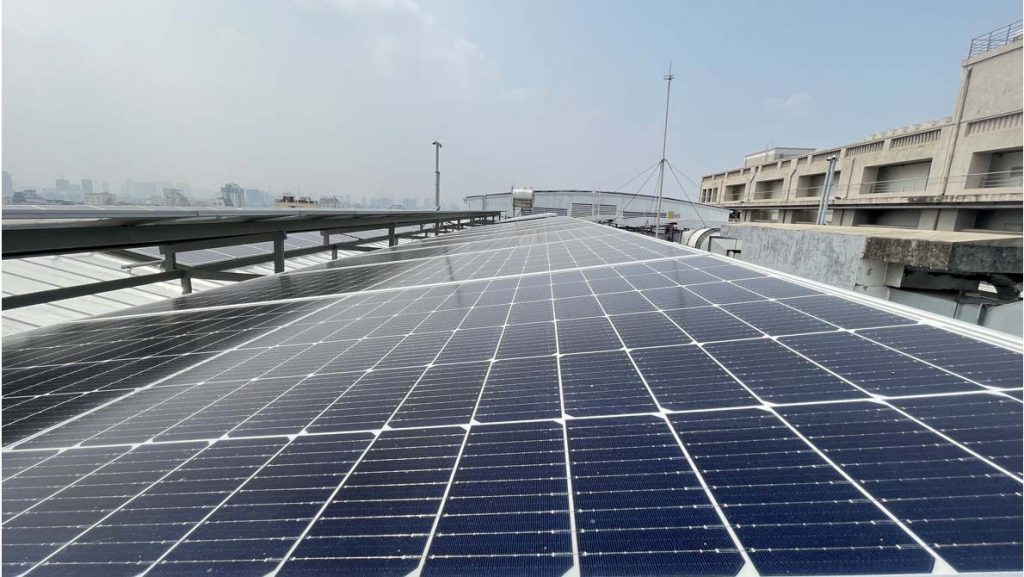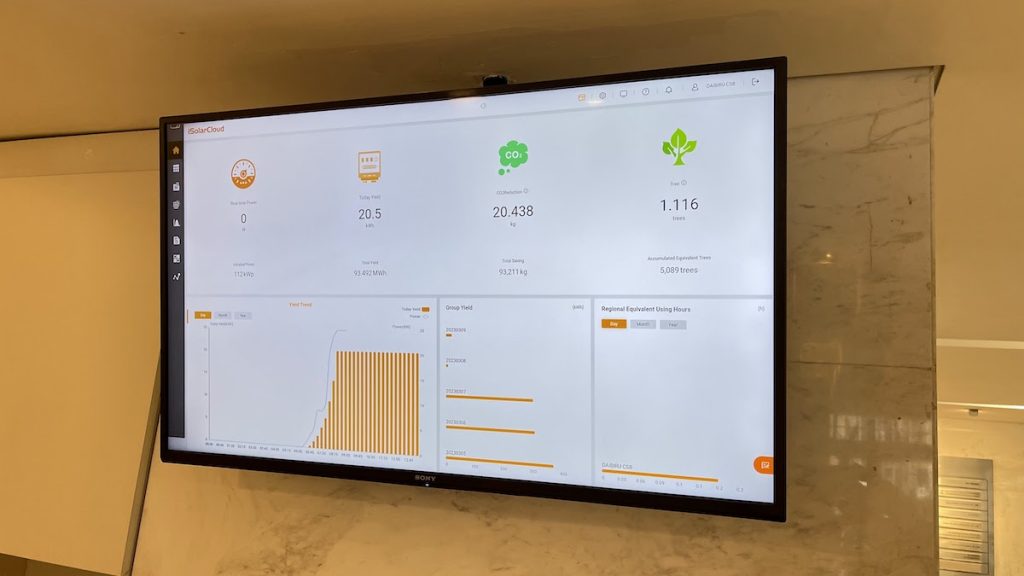
Read the full column on Japan 2 Earth - Daibiru's CornerStone Building Sets a Leading Example in Hanoi
While browsing a Vietnamese news website one day, I came across the following headlines.
"Hanoi office building wins Third Prize in the renovation category of the Energy Efficiency Award in Industry and Construction!"
"Hanoi office building receives highest Five Stars in Hanoi's Green Energy Building Award!"
The winner was the CornerStone Building. It was recognized with Vietnam's most prestigious environmental awards, bestowed on office buildings that are actively working on environmental measures.
Owned and operated by the Daibiru Corporation, known for its iconic Osaka headquarters, the CornerStone Building is the company's first foray into Hanoi.
A Grade-A office building, CornerStone is well known to anyone involved in the real estate brokerage business in Hanoi. Its tenants include major Japanese companies listed on the Tokyo Stock Exchange Prime Market, as well as Japanese independent administrative institutions such as JICA and JETRO.
The building's occupancy rate is an astounding 99%. Even amid the pandemic, there was no significant downturn. Rather, companies vigilantly wait for openings in this most popular office building in Hanoi.
After reading about CornerStone's environmental efforts and highest-level certification from the city of Hanoi, I decided to pay a visit to learn more.
First Office Building in Hanoi to Install Solar Power System
"We are the only office building in the whole of Hanoi that has installed solar panels on the roof to generate our own electricity from renewable energy sources," says Yu Okamoto, General Director of Daibiru Csb Co Ltd, the subsidiary of Daibiru Corporation that owns and operates the CornerStone Building.
Okamoto arrived in Hanoi in May 2022. After taking over from his predecessor, he oversaw the completion of the solar power generation system's installation.

The system is expected to generate 3% of the building's total annual power consumption.
A large monitor has been installed beside the reception desk on the building's first floor. The aim is to provide "visualization" of the amount of electricity generated on a daily basis.
While installing solar panels incurs costs, it is not that difficult. I wondered why none of the numerous other office buildings were interested in doing so. "Most building owners still view the use of electricity derived from renewable energy sources in simple terms of cost," Okamoto notes.
In Vietnam, where economic development is the top priority, allocating expenses for environmental measures is still not a common business management decision.

However, at COP26 in November 2021, the Vietnamese government declared its aim to achieve net zero greenhouse gas emissions (carbon neutrality) by 2050. Japan and Vietnam share this same goal.
Continue reading the full story on Japan 2 Earth.
And find more great articles on the environment and the challenges of achieving the SDGs on our new website Japan 2 Earth (J2E), sparking a transition to the future.
RELATED:
- [Vietnam! Moving Ahead Together] Japanese Company Junk & Co. Takes on the Challenge of Recycling in Vietnam
- [Vietnam! Moving Ahead Together] Hitachi Zosen Perseveres with Its Waste-to-Energy Technology in Southeast Asia’s One Trillion Yen Potential Market
- [Vietnam! Moving Ahead Together] Can Japanese Technology Combat Vietnam’s Pollution Problem?
(Read the article in Japanese.)
Author: Tsuneo Taguchi
Tsuneo Taguchi is currently the General Manager of the Overseas Real Estate Division of Daiwa Corporate, Ltd. and General Director of their Vietnam subsidiary, Hanoi Living. His column, [Vietnam! Moving Ahead Together] can be found on the new website, Japan 2 Earth, focusing on environmental challenges and solutions.








